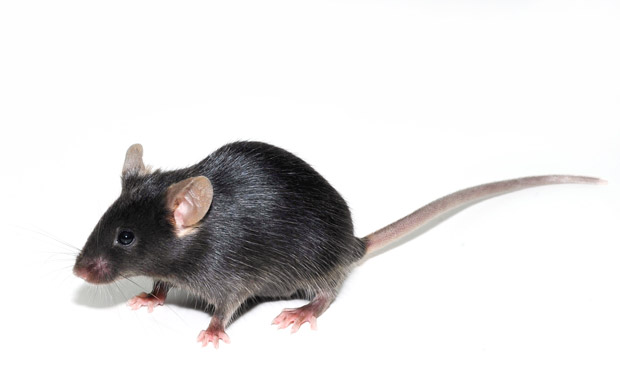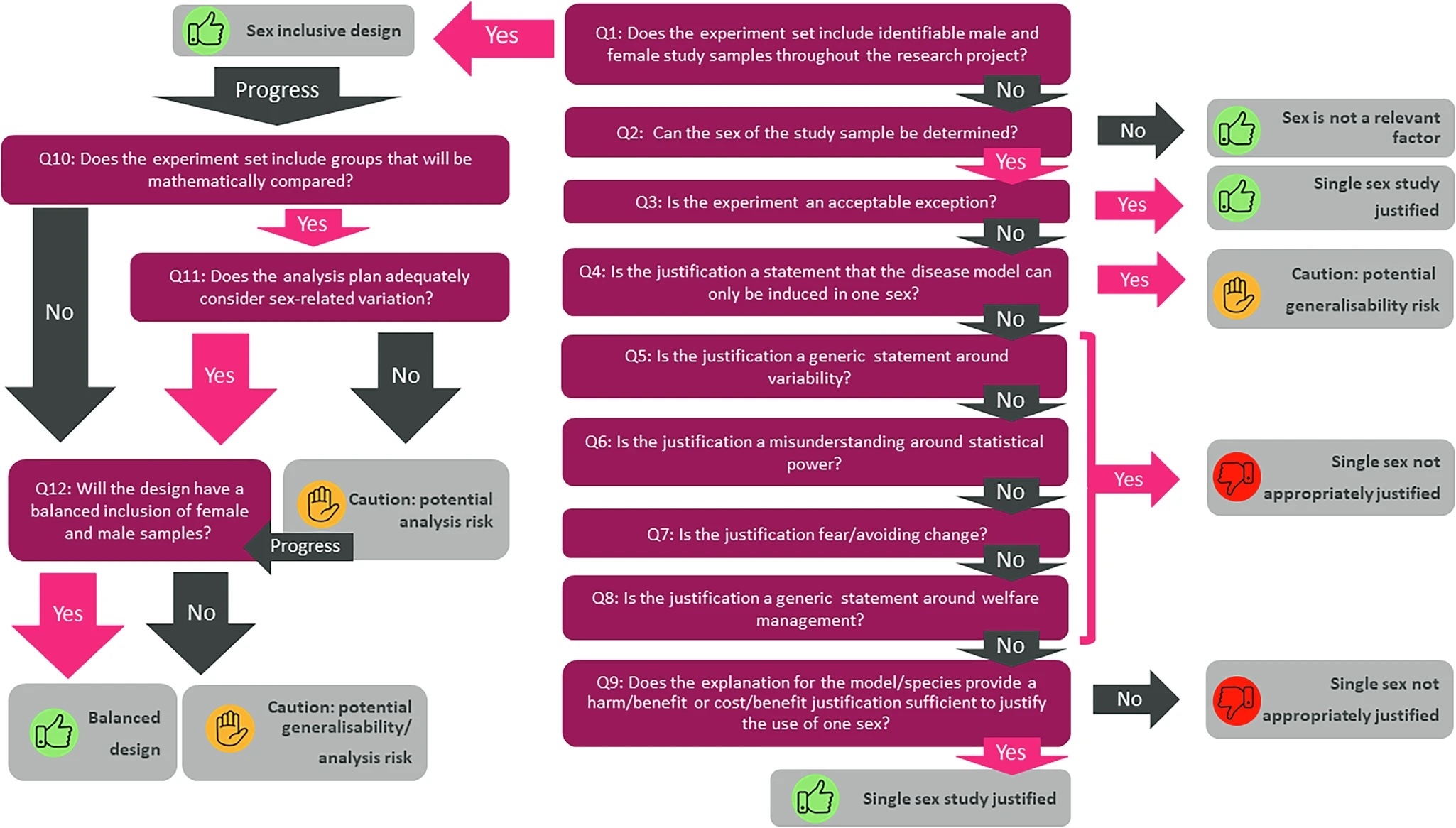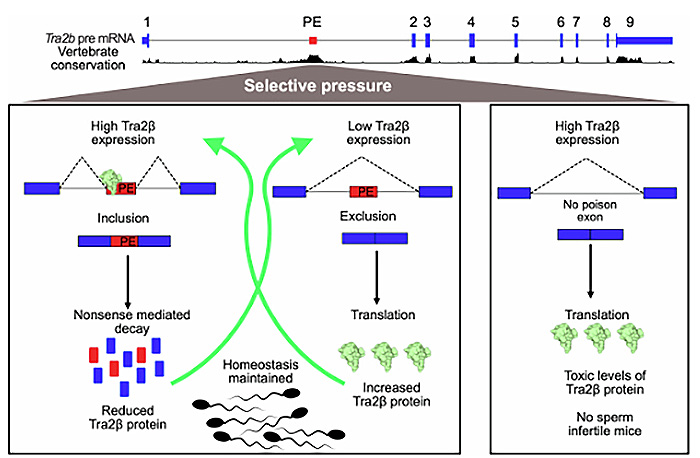The European Mouse Disease Clinic was the first mouse genetics project of its kind, and set the stage for an international effort to investigate the functions of 20,000 mammalian genes.
EUMODIC: paving the way for the IMPC The European Mouse Disease Clinic was the first mouse genetics project of its kind, and set the stage for an international effort to investigate the functions of 20,000 mammalian genes. Sequencing the human genome was an enormous achievement, but it was just the start. The functions of most genes still remain unknown, so the next big challenge is to be able to understand how this DNA code makes us who we are. What exactly do these genes do, and how do faults in our genes lead to disease? One of the best places to start to understand our own genetics is by investigating the mouse genome, since mice share over 90% of our genes. The European Mouse Disease Clinic (EUMODIC), a consortium set up in 2007, brought together scientists from many nations to investigate the functions of over 300 genes in mice. Over half of these genes had no previously known role. The consortium’s findings have now been published in Nature Genetics. EUMODIC was the first step along the way to creating a database of all mouse gene functions, a vision now being realised by the International Mouse Phenotyping Consortium (IMPC). Covering 20,000 genes, carried out by 18 centres from across the globe and estimated to take 10 years, this enormous research endeavour is taking the groundwork established by EUMODIC to an entirely new level. Laying the foundations In order to study gene functions, the EUMODIC consortium produced mouse lines which each had a single gene removed. They could then assess the traits of these mouse lines, using a specially developed set of tests, to deduce what the role of the missing gene would normally be. In total, 449 lines were produced and data obtained on the functions of 320 genes. This was the first time such a project had been attempted on this scale, with multiple centres in different countries. The consortium therefore had to establish their own standard set of procedures, a pre-defined language to describe their results, and a central database to store all of the data. This laid the foundations on which IMPC protocols and procedures were built. Understanding our genetics The EUMODIC project was the start of an incredible journey to discover more about the functions of our genes and how faults in our genes could lead to disease. It demonstrated how much can be accomplished by individual centres joining forces to achieve a common goal, and set in place the groundwork for IMPC to apply the same principles on an international scale. Since all of the findings from the project have been made publically available, and all the mouse lines stored in the EMMA biorepository, other scientists can use it to advance their own research. This will not only allow us to understand genes we currently know very little about, but will also open up new avenues for research into the genetics of human diseases and potential treatments. EUMODIC leaves a legacy that will live on in the IMPC and in the resources it provided for science, and will be truly transformative for genetic and medical research.



